EU Reshapes Clean Beauty with New Regulations
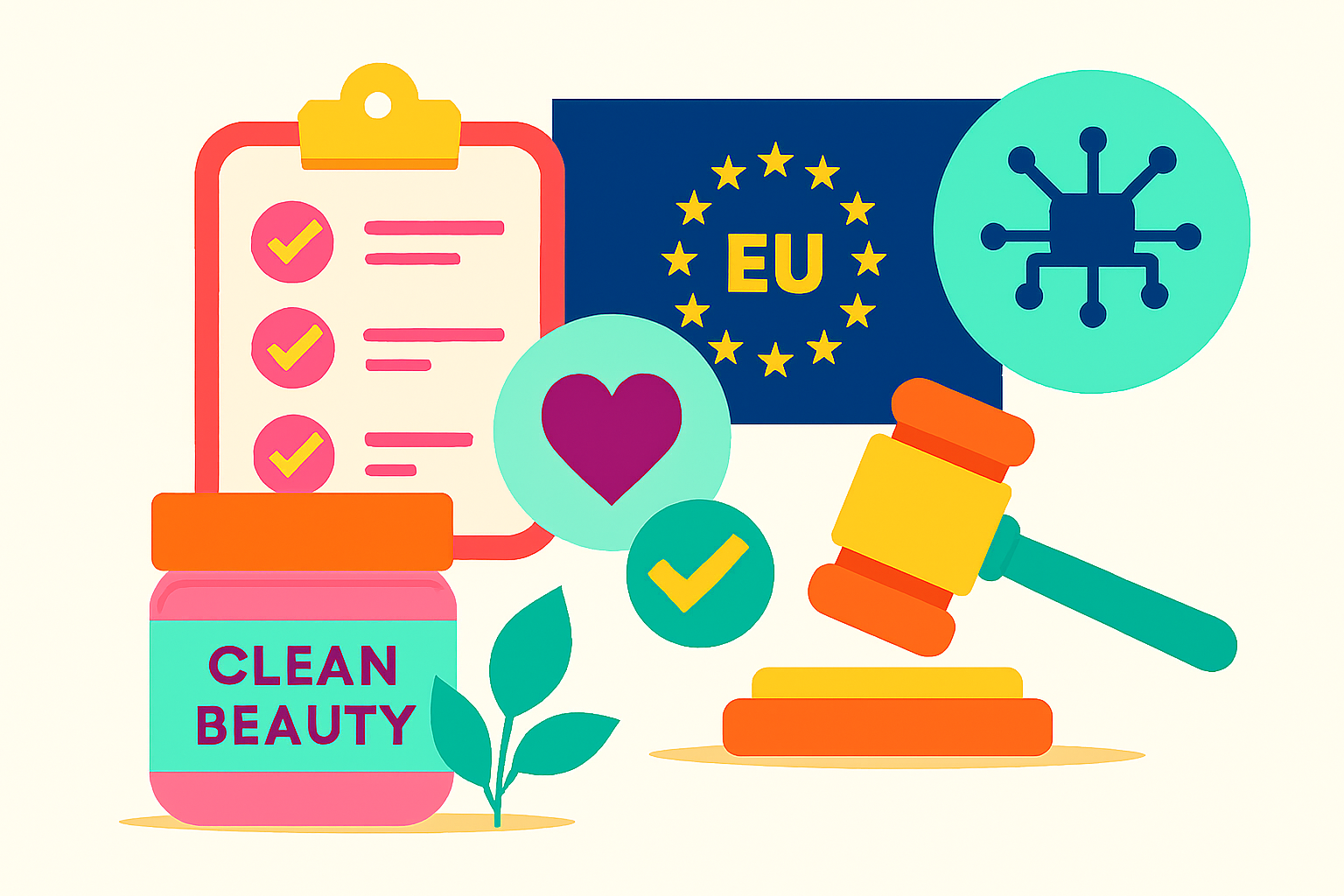
The European Union has unveiled sweeping updates to its cosmetics regulations, sending ripples across the global beauty industry and reshaping the very definition of “clean beauty.” With the adoption of Regulation (EU) 2025/877, the EU has intensified its stance on ingredient safety, sustainability, and consumer transparency—marking a pivotal moment for formulators, brands, and regulatory professionals.
Banned and Restricted Substances
The updated regulation amends Regulation (EC) No 1223/2009, expanding Annex II to include a broader list of CMR substances (carcinogenic, mutagenic, or toxic for reproduction) that are now prohibited in cosmetic products. These include:
– 4-Methylbenzylidene Camphor (a UV filter)
– Styrene/Acrylates Copolymer (nano)
– Colloidal Copper, Gold, and Platinum (nano)
Brands must withdraw non-compliant products by November 1, 2025, and reformulate to meet the new safety thresholds.
Nanomaterials Under Scrutiny
The EU’s OMNIBUS Nano & VII regulations target high-risk nanomaterials, requiring rigorous safety assessments and limiting their use in formulations. Notable restrictions include:
– Hydroxyapatite (nano): Allowed only in toothpaste (max 10%) and mouthwash (max 0.465%) with strict particle shape and exposure controls.
– Gold, Silver, and Platinum (nano): Banned due to concerns over bioaccumulation and cellular interaction.
Endocrine Disruptors and Skin-Lightening Agents
New limits have been set for ingredients suspected of endocrine disruption or overuse in skin-lightening products:
|
Substance |
New Limit (2025) |
Affected Products |
|
Genistein |
0.007% |
General cosmetics |
|
Daidzein |
0.02% |
General cosmetics |
|
Kojic Acid |
1% |
Facial products |
|
Alpha-Arbutin |
2% (face), 0.5% (body) |
Creams and lotions |
|
Vitamin A |
0.05% (body), 0.3% (others) |
Must carry intake warning label |
Sources: COMMISSION REGULATION (EU) 2025/877 of 12 May 2025 amending Regulation (EC) No 1223/2009 of the European Parliament and of the Council as regards the use in cosmetic products of certain substances classified as carcinogenic, mutagenic or toxic for reproduction
Implications for Clean Beauty
These regulations challenge brands to go beyond marketing claims and embrace evidence-based safety, transparent sourcing, and rigorous compliance. The EU’s move redefines “clean beauty” not as a trend, but as a regulated standard—one that prioritizes human health, environmental safety, and scientific integrity.
For Indian brands eyeing EU expansion, this is a wake-up call to audit ingredient lists, reformulate with compliant alternatives, and invest in regulatory partnerships. As the clean beauty narrative evolves, so must the industry’s commitment to truth, trust, and transformation.

Author : Sheela Iyer
sheela@cosmetech.co.in
Sheela Iyer is an observer of the Indian Cosmetics & personal care industry and the editor of ‘Cosmetech’. She regularly video interviews industry experts on Cosmetech TV and has her fortnightly podcast ‘Cosmetics Today’
Subscribe to our free newsletter to read the latest news and articles before they are published.


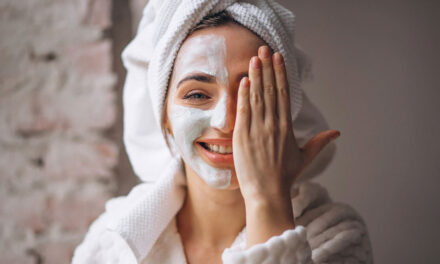
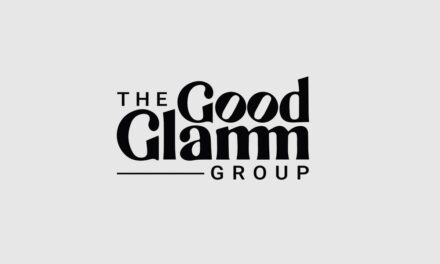
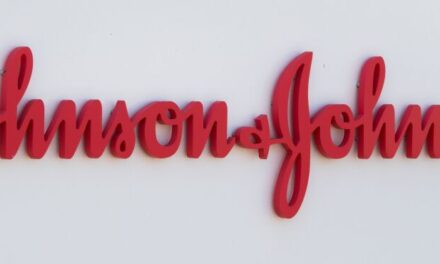

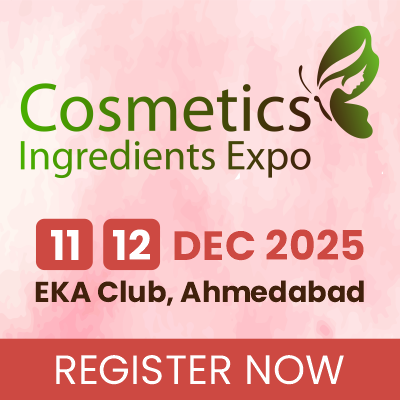


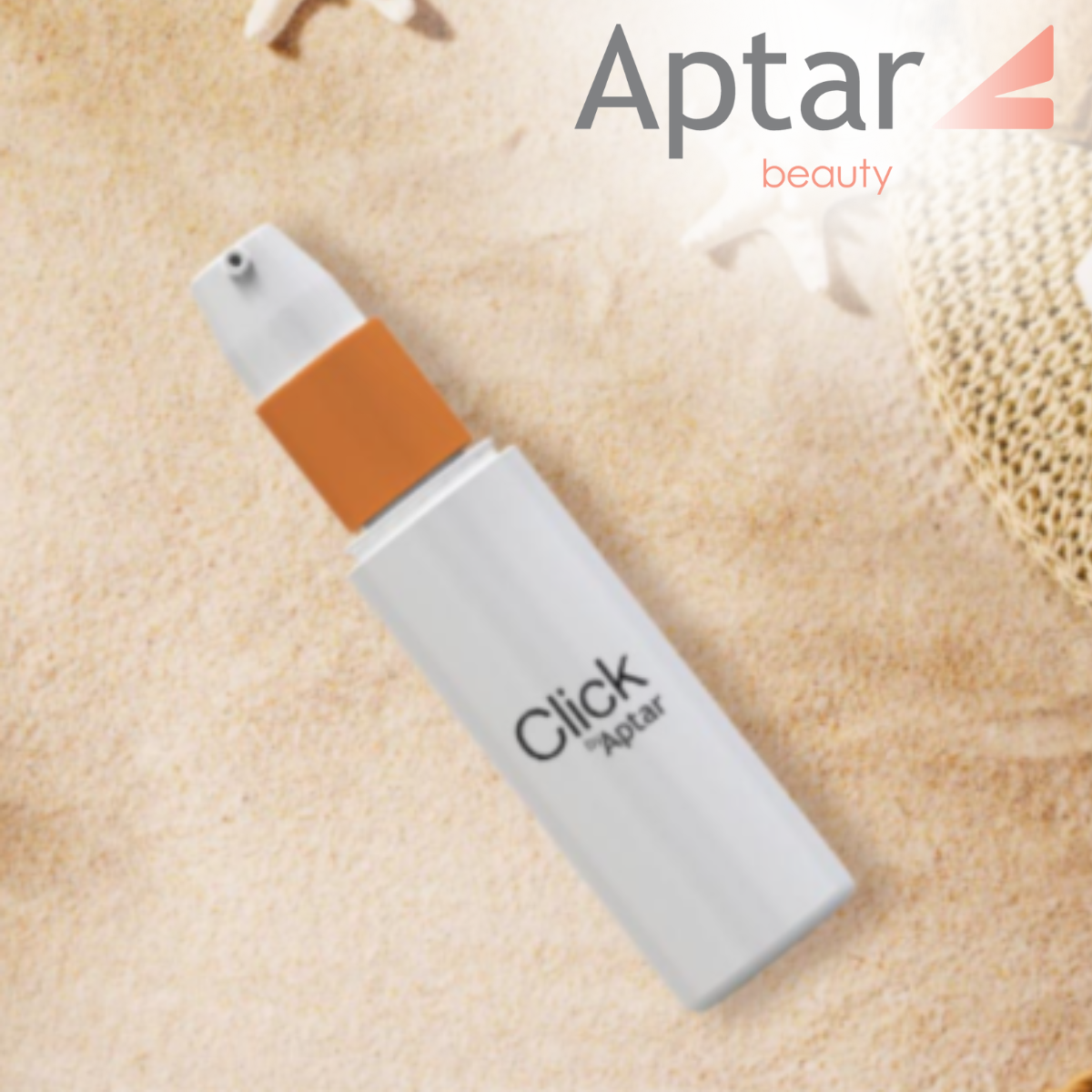
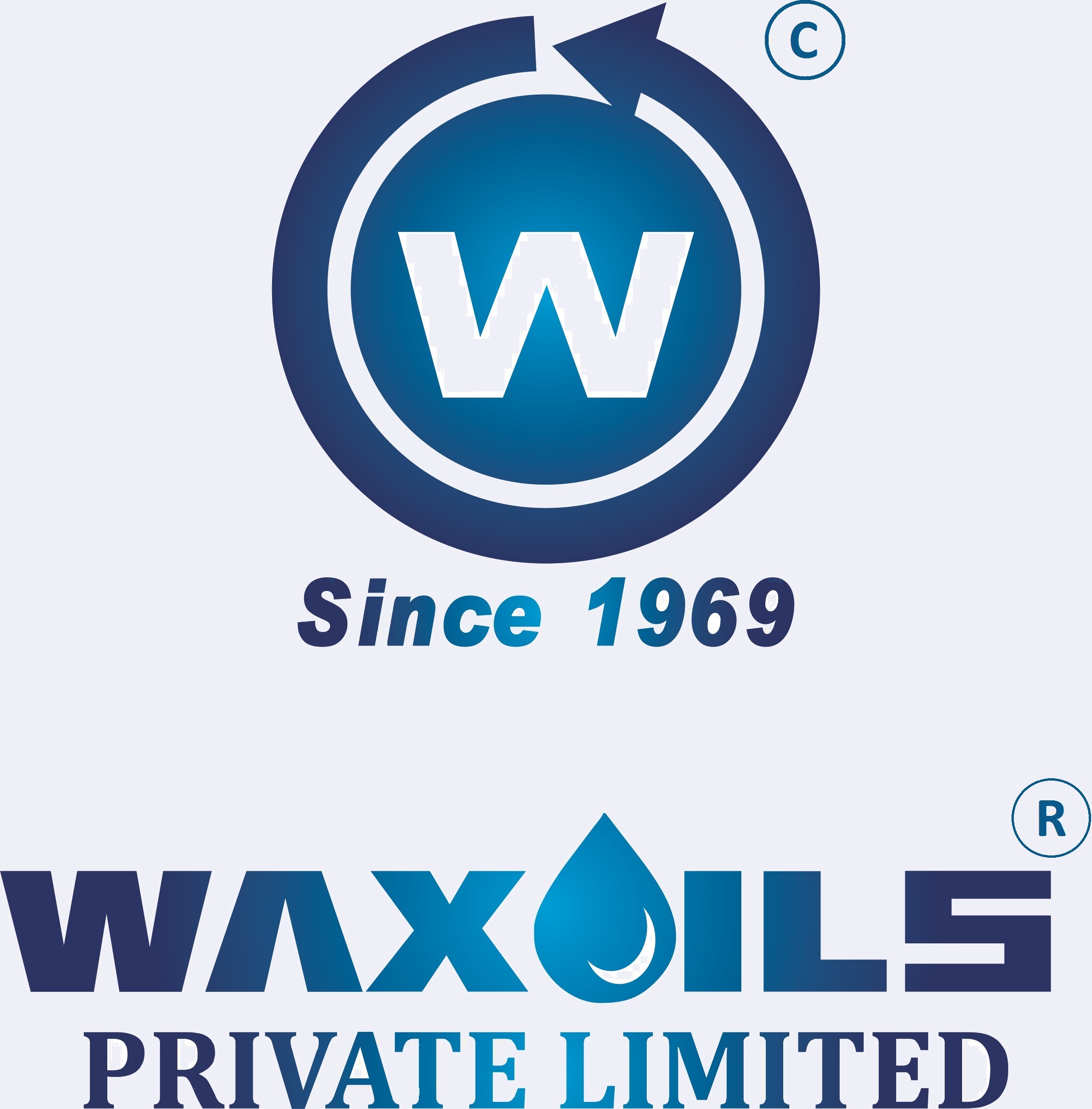
Subscribe To Our Newsletter
Join our mailing list to receive the latest news and updates from The Cosmetics industry
You have Successfully Subscribed!